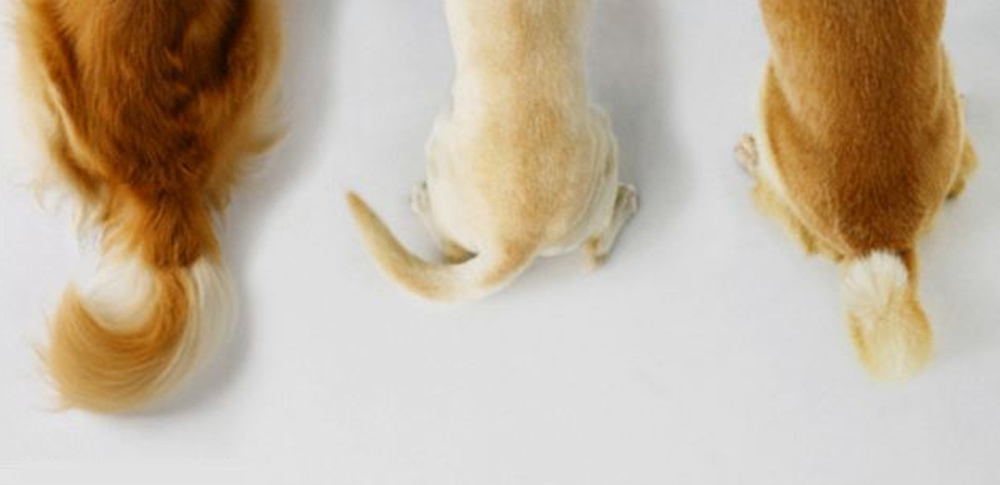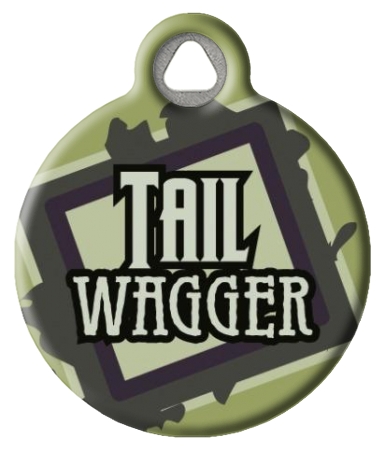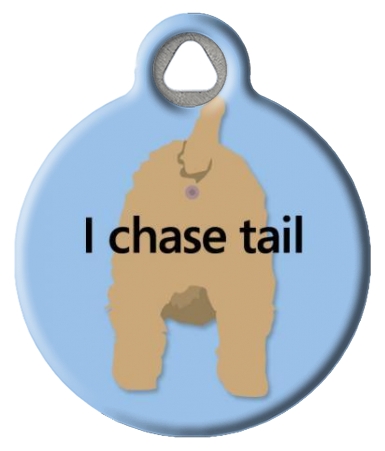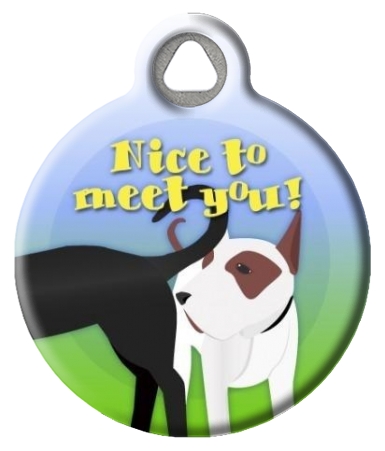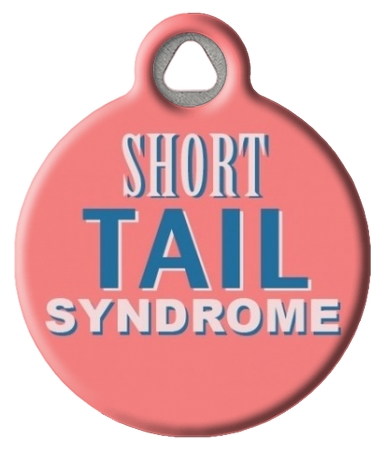What does it mean if your dog is wagging its tail? Most people would answer, "A tail wag means my dog is happy!" But did you know that the way your dog wags its tail can mean many different things? Yes, it can indicate that your dog is pleased or excited, but it can also indicate fear, insecurity or even a social challenge! So how can you tell what your dog's tail wag is telling you?
New scientific studies are helping us to interpret the tail wagging language of canines. Studies suggest that tail wagging is something like the smile we greet people with as humans. Smiles are social signals we offer when other people are around. In a like manner, dogs only wag their tails when other living beings are around, meaning the tail wag is essentially a social signal. But unlike a warm smile, not all of the tail wagging social signals are friendly ones.

Studying Tail Wag Movement and Position
The key to deciphering the meaning behind a tail wag is to examine the motion and position of the wag. Tail position can be considered an "emotional meter." At the height of a dog's emotions is the vertical tail, which is meant to threaten and is a signal of dominance. A horizontal tail means the dog is attentive and alert, yet relaxed. As the tail drops lower however, emotions take a dip too. A lowered tail can indicate that a dog is showing submission, is worried or feels poorly. The completely tucked tail indicates fear.

One factor that must be included as you read the position of your dog's tail is that each breed has a distinct natural tail position. For example, most terriers tend to hold their tails closer to vertical even when relaxed. On the other hand, breeds such as greyhounds have lower slung tails as a general rule. Tail position should be read then, based on wherever your dog normally holds its tail.
What about motion? Speed of wag indicates how excited the dog is - the faster the tail wag, the more excited your dog is. The breadth of each tail sweep indicates positive or negative emotions, with shorter sweeps suggesting anxiety and other negative emotions.
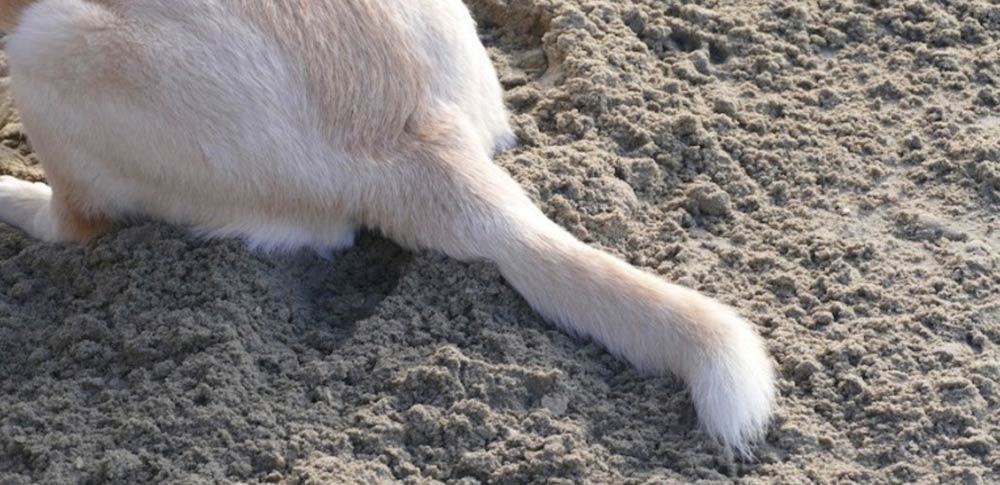
Common Tail Wags and What They Mean
Once we understand what motion and position indicate, we can "read" more easily a few common tail wag styles.
The Broad Wag - This is a friendly wag that means your pet is pleased or happy to see you. Your dog might be extra happy to see you if you notice the tail wag seems to move the hips right along with the tail.
The Slight Wag - This wag is most commonly used as a tentative greeting, a hopeful hello. The tail is usually slightly raised and each tail sweep is relatively short.
The Vibrating Wag - When a dog's tail makes tiny, quick movements that almost appear like a vibration, the dog is usually poised to take action - perhaps run or fight. If the tail is held quite high, it is usually a threatening wag.
The Slow Wag - A very slow wag is less social, but as long as the tail is held at a middle level it is neither an anxious nor submissive wag.
The Left Wag - When a dog wags its tail towards the left side of its body, this usually indicates negative feelings.
The Right Wag - When a dog wags its tail towards the right side of its body, this usually indicates positive feelings.

If you use this general information combined with your personal knowledge of your pet's personality, you'll have all the insights you need to know exactly what your dog's tail is telling you!
